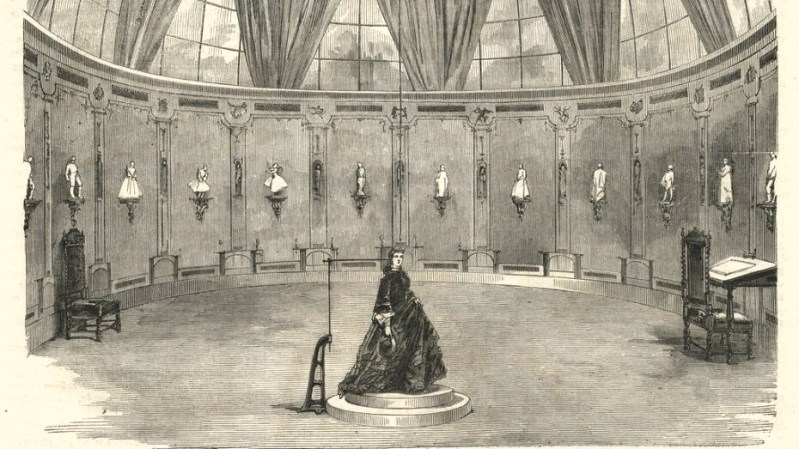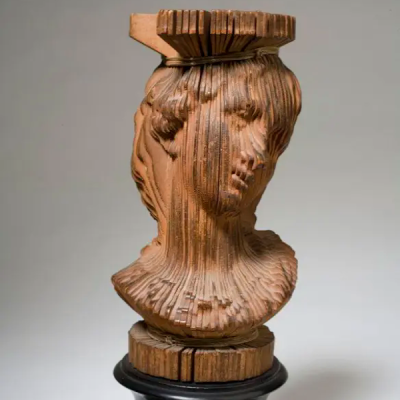
In France during the mid-to-late 1800s, one could go into François Willème’s studio, sit for a photo session consisting of 24 cameras arranged in a circle around the subject, and in a matter of days obtain a photosculpture. A photosculpture was essentially a sculpture representing, with a high degree of exactitude, the photographed subject. The kicker was that it was both much faster and far cheaper than traditional sculpting, and the process was remarkably similar in principle to 3D scanning. Not bad for well over a century ago.
This article takes a look at François’ method for using the technology and materials of the time to create 3D reproductions of photographed subjects. The article draws a connection between photosculpture and 3D printing, but we think the commonality with 3D scanning is much clearer.

Here is how it worked: François would take multiple photos of the subject, each from a different (but regular) angle. For example, a subject could pose in the center of a large room and be photographed by a surrounding ring of cameras, each showing the subject from a different angle.
Then, one at a time, the photos would be traced with a pantograph. At this stage, only the profile of the subject was of interest. Each profile was then cut from thin slices of wood, and these wood slices were then assembled into a radial pattern matching the positions from which the original photos were taken. That probably sounds a bit confusing, but the image shown here should make clear what was happening.
Once the wood model was finished, more traditional methods took over. Clay and other materials provided gap-filling, and details were added by hand as necessary, again with a pantograph, using photos as reference. But the bulk of the work could be done by persons of modest skill, and the process took only a few days.
The central concept — that a 3D figure can be adequately represented by a series of structured 2D representations — is remarkably similar in principle to laser-line 3D scanning (and shares the drawback that not all details can be captured by stacking profiles.) Fittingly, a 3D scan of one of François Willème’s self-portrait photosculptures is available online.
If you think finding the roots of 3D scanning in 1800s technology is neat, hold onto your hats, because we covered how the 1800s actually had everything one would need to create a laser.
[images: The Patrick Montgomery Collection]
In A Way, 3D Scanning Is Over a Century Old
Source: Manila Flash Report
0 Comments